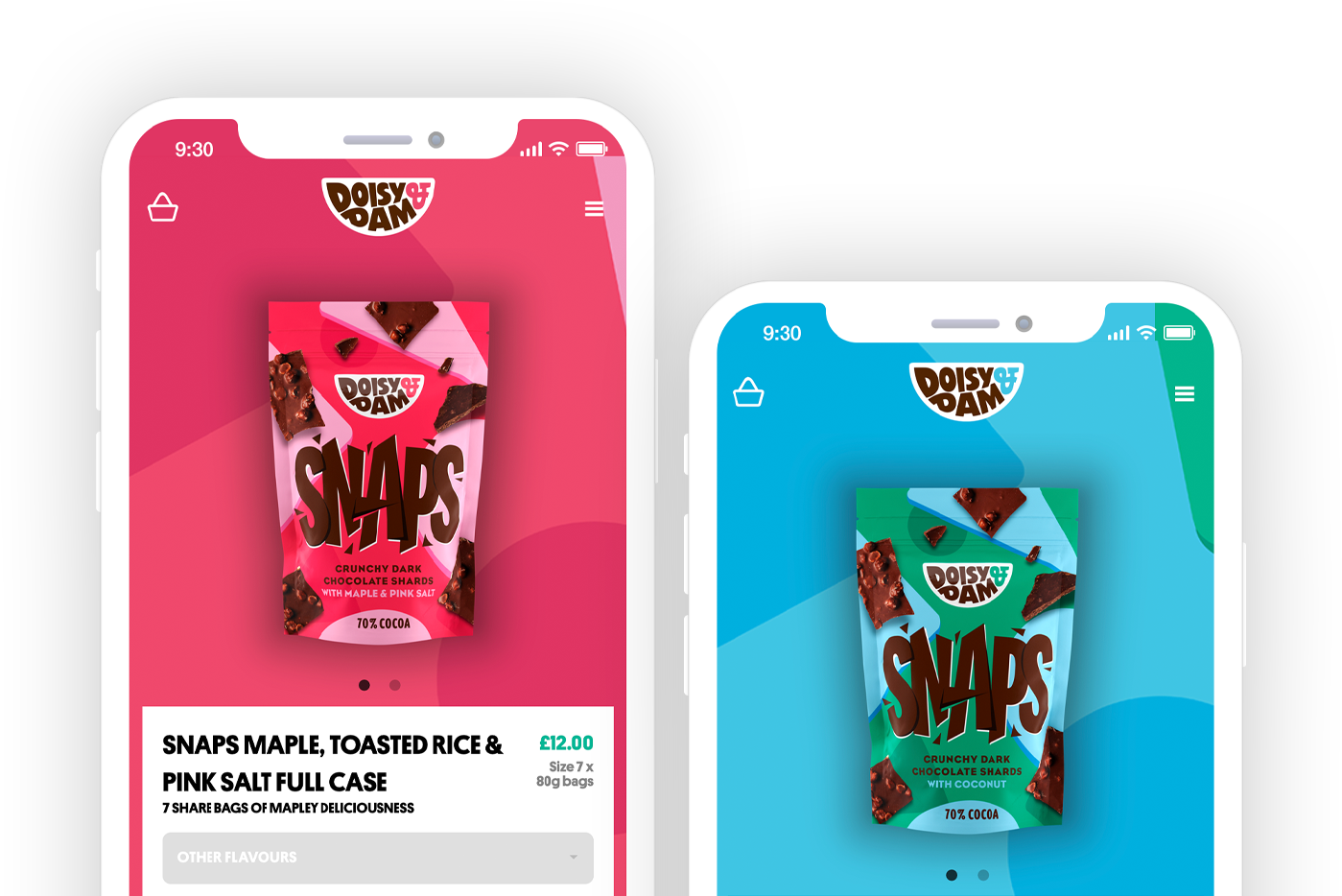On the other side of Shopify vs Amazon, if you have a store on the Amazon marketplace, potential clients will browse there and look for the goods they need. To rank as high as possible on search result pages, you should therefore concentrate on Amazon SEO rather than Google SEO. You must optimise both the content and search terms of your product information in order to achieve that.
Additionally, Amazon has a variety of marketing options. For instance, Amazon gives you access to their demand-side platform, Amazon DSP, which enables you to purchase display, video, and audio ads both on and off the retailer's website. Another example is Amazon Live, which enables you to stream real-time, interactive films that are shoppable on the whole Amazon site.
We can see that Shopify vs Amazon both offer powerful marketing resources. However, if you want to develop your personal brand, Shopify will be a better option than Amazon.
Shopify vs Amazon: Pricing
Of course, a big deciding factor choosing between Shopify vs Amazon can be the price. Both platforms have different plans available to suit different business needs.
Amazon
To sell goods online with Amazon, you must register for a "seller account."
There are two options of this available. Individual: $0.99 for every item sold. Professional: $39.99 each month (These are US prices; pricing elsewhere varies a bit by territory, but the plan types are consistent).
The 'Individual' plan is a 'pay-as-you-go' plan, meaning there is no monthly subscription fee to be paid; instead, a seller fee is applied to each item. This is one of the main differences between these payment methods. However, this plan prevents you from using any Amazon advertising services, selling more than 40 goods each month, and accessing comprehensive reports.
Since the "Professional" plan is a subscription service, there is an ongoing fee. It enables you to use all of Amazon's selling capabilities, sell across several categories, create your own shipping rates, sell an unlimited amount of items, advertise on the site, and add additional users to your account.
In addition to the fees for the plans mentioned above, Amazon also charges fees for each sale. The amount varies greatly depending on the kind of product you're selling, but typical selling fees range from 8 to 15 percent. Shopify is a better choice if you want to avoid these fees and have extra flexibility with better rates for high-volume sellers.
Shopify
On the other hand, Shopify has five different pricing plans available that cater to businesses of different sizes. These plans consist of: Shopify Starter — $5 per month. Basic Shopify — $29 per month. Shopify — $79 per month. Advanced Shopify — $299 per month. Shopify Plus — $2000 per month or a sliding model of 0.25% of monthly revenue. All of these plans give you access to essential ecommerce features, such as limitless access to physical and digital product catalogues, credit card processing, gift cards, abandoned cart recovery, discount codes, and an SSL certificate, but there are some important distinctions between Shopify plans to be aware of.
Instead of allowing you to create a standalone online store, Shopify's "Starter" plan enables you to sell goods via social media platforms, messaging services, or by placing a "purchase button" on an already-existing website.
The maximum number of users per account varies significantly depending on the plan. For instance, "Advanced Shopify" allows for fifteen staff accounts while "Basic Shopify" only allows for two. Only the $79 "Shopify" plans and higher offer professional reports. Read our article to learn more about the differences between
Shopify Plus vs Advanced
The "Shopify Plus" plan caters to larger enterprises, and costs vary according to requirements. Shopify Plus has advanced security, API, and fulfilment features, along with dedicated account management. It's worth noting that with the the more pricier plans, there are fewer transaction fees for the variety of payment options. If you utilise Shopify Payments, that is the built-in payment gateway of Shopify, there are no transaction fees. If your online store has a large custromer base and you are looking for a solution to sell to visitors all over the world, Shopify is perhaps the better choice between Shopify vs Amazon.
Integrating Amazon into Shopify
The decision of choosing between Shopify vs Amazon can be difficult. Both platform offer a wide range of different features, services payment options, marketing capabilities and so. Some businesses might not be able to choose between the two platforms. The good news is that Amazon can be connected into your Shopify site, so don't worry if you're still on the fence between the two options. It means that you can create your own ecommerce website and simultaneously promote your goods on the biggest ecommerce marketplace on the planet as an additional sales channel. The beauty of doing this is shipping, fulfilment and inventory can all be harmonised between both stores on both platforms to make everything run more smoothly within your business.
After successfully integrating Amazon with Shopify, you can do many things like create Amazon offers and listings directly from Shopify, sync inventory and product information, link goods, and more. For an additional sales channel to maximise market reach, consider
Shopify vs Etsy.
Summary: Shopify vs Amazon
When it comes to ecommerce, Shopify vs Amazon both have a lot to offer in terms of features and resources, but overall, we'd suggest Shopify as the superior platform overall. It's one of the greatest e-commerce platforms available, and it works well for small startups as well as built up and well-known brands. If you're considering moving to Shopify, consider Charle as a
Shopify Agency to help design, develop, optimise and launch a fully bespoke Shopify store from the ground up, or migrate an existing store over from another platform.
Contact us and talk to us about your Shopify project.



